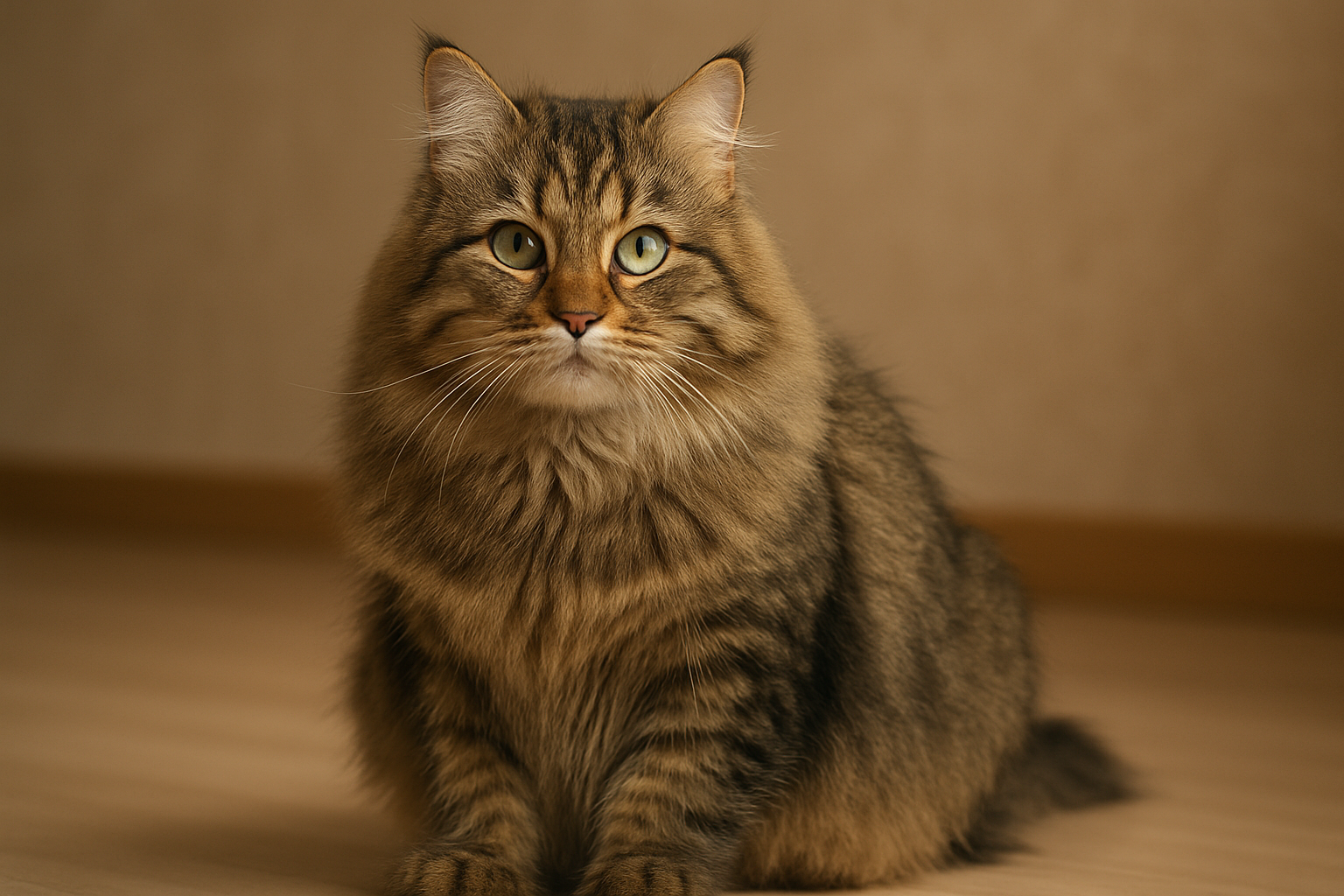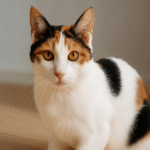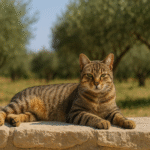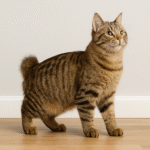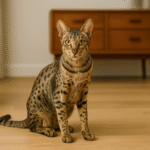The Siberian Cat is like the feline version of a cozy Russian fairytale — majestic, fluffy, and full of personality. With their thick triple coat and strong build, these natural beauties evolved to survive the cold Siberian forests but have adapted wonderfully to life as affectionate, playful house cats.
Whether you’re drawn to the Siberian Cat personality, curious about their reputation as a hypoallergenic breed, or wondering how they compare to a Maine Coon, this guide covers everything from grooming and diet to lifespan and cost.
Quick Breed Facts
- Origin: Russia (Siberian forests)
- Breed registries: CFA, TICA, FIFe, WCF
- Weight range: 8–17 pounds
- Lifespan: 12–15 years
- Coat: Semi-longhaired, triple-layered
- Colors and patterns: Brown tabby, silver, golden, tortoiseshell, calico, lynx point, bicolor, and more
- Eye color: Green, gold, or blue (especially in Neva Masquerade)
- Grooming: Moderate to high
- Activity level: High
- Affection level: Very affectionate
- Vocality: Quiet to moderately chatty
- Good with children: Yes
- Good with other pets: Yes
History & Origin
The Siberian Forest Cat is one of the oldest natural cat breeds, with roots stretching back over 1,000 years in the cold, rugged forests of Russia. These hearty felines were prized for their hunting skills and resilience, often living as semi-feral farm cats before being officially recognized by cat breed registries.
Interest in preserving the breed grew in the 1980s, and by the early 1990s, Siberians began arriving in the West. They quickly gained popularity for their beauty and temperament. In Russia, a colorpoint variety called the Neva Masquerade developed alongside the Siberian — and while some registries treat it as a variation, others (including us) recognize it as a distinct breed with its own look and personality.
Siberian Cat Personality & Temperament
Siberians are known for their confident, intelligent, and social personalities. They love being near their humans but aren’t overly clingy. These cats form strong bonds with their families and often follow their people from room to room. Some even enjoy water play or learning tricks!
Despite their wild origins, Siberians are incredibly gentle. They’re playful well into adulthood and are great with kids, other cats, and even dogs. While they’re not as vocal as some breeds, many will chirp or trill to get your attention.
Appearance & Coat
The Siberian Cat is powerfully built, with a barrel-shaped body, strong legs, and a thick neck. Their semi-longhaired triple coat is water-resistant and changes with the seasons — thicker in winter and lighter in summer.
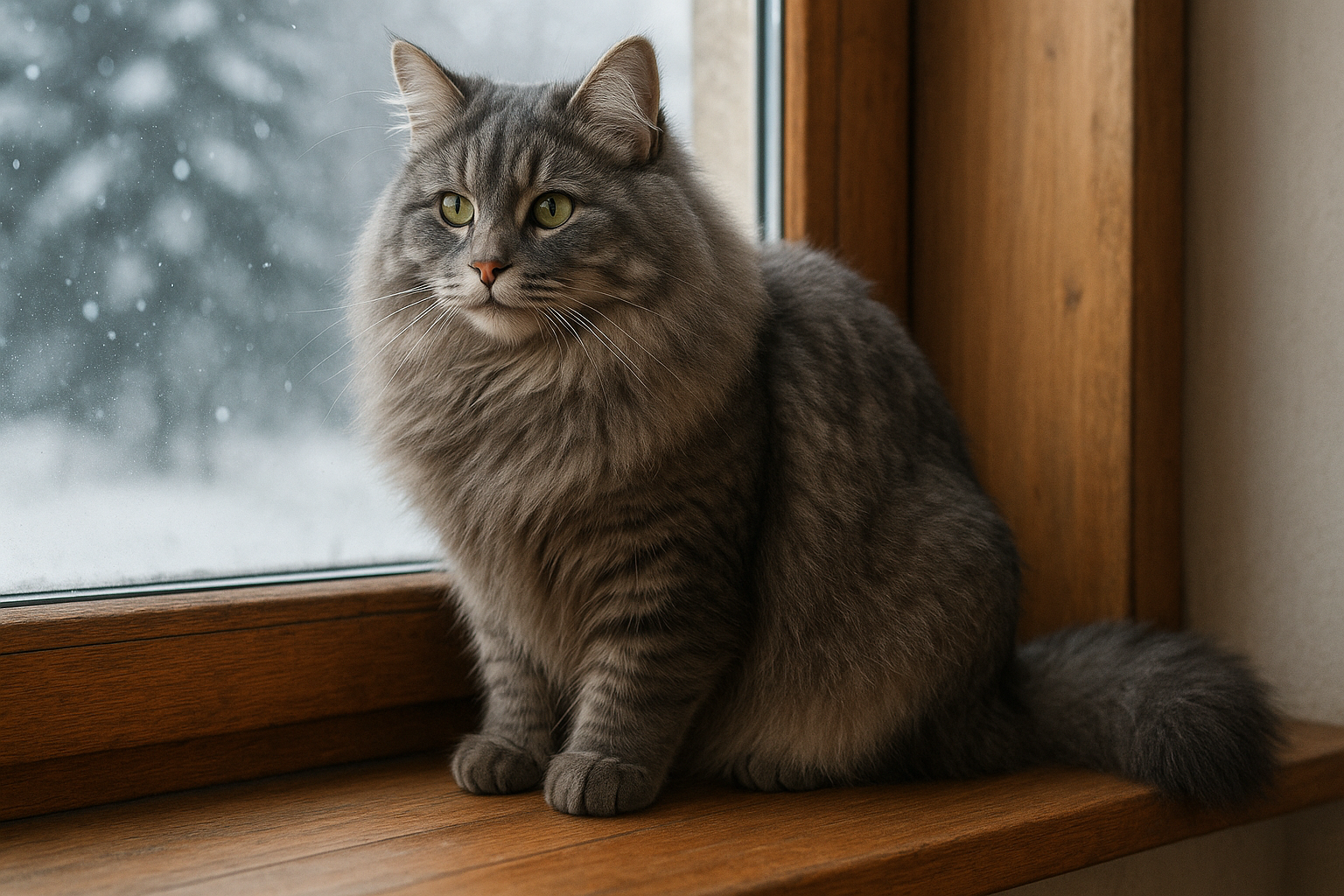
Siberians come in a wide range of colors and patterns, from classic brown tabby to rare golden and silver shades. Other variations include bicolor, smoke, tortoiseshell, and pointed patterns like the Lynx Point Siberian. The closely related Neva Masquerade shares the same build but features striking colorpoints and vivid blue eyes.
Activity & Play
This is an active, athletic breed that loves to climb, jump, and explore. Siberians appreciate tall cat trees, window perches, and interactive toys that keep them mentally engaged. While they can adapt to apartment living, they thrive in environments where they have room to roam and play.
Many owners compare their energy and curiosity to that of a dog. Some Siberians even enjoy leash walks or playing fetch!
Grooming & Care
Despite their long coats, Siberians don’t require as much grooming as you might expect. Their fur is designed to resist tangling, but weekly brushing is still a good idea, especially during seasonal shedding periods in spring and fall.
In addition to grooming, regular nail trims, dental care, and ear cleaning will keep your Siberian looking and feeling their best.
Health & Lifespan
Siberian Cats are generally healthy thanks to their natural evolution, but they’re not immune to genetic conditions. The most important one to be aware of is Hypertrophic Cardiomyopathy (HCM), a heart disease that has been identified in the breed. While not as widespread as in some other cats, it’s serious — and responsible breeders now test for it regularly to reduce the risk.
With proper care and routine veterinary checkups, the average Siberian Cat lifespan is around 12–15 years, with many living well into their teens.
Family Compatibility
Siberians are a wonderful choice for families, including those with children or other pets. They’re gentle, tolerant, and tend to adjust well to busy households. Their playful nature makes them great with kids, while their calm demeanor means they can be cuddly lap cats when the day winds down.
They’re also a top pick for people with mild allergies. Many Siberians produce lower levels of the allergen protein Fel d 1, making them one of the most popular hypoallergenic cat breeds.
Recommended Supplies
Siberians are active, curious cats that love to climb, jump, and explore. Having the right supplies at home helps them stay healthy and happy, especially if they live indoors. A sturdy cat tree or climbing tower can give them a great outlet for their energy while satisfying their natural instincts.
Because they’re intelligent and playful, Siberians also enjoy puzzle toys and interactive playtime with their humans. Keeping their minds busy helps prevent boredom and strengthens your bond with them.
Siberian Cat FAQs
Are Siberian Cats hypoallergenic?
They aren’t 100% allergy-free, but many allergy sufferers report fewer symptoms with this breed due to lower levels of Fel d 1 protein.
How much is a Siberian Cat?
The Siberian Cat price typically ranges from $1,200 to $2,000 depending on breeder reputation, color, and pedigree. Show-quality kittens or rare coat colors may cost more.
How big do Siberian Cats get?
Adult males often reach 15–17 pounds, while females average 8–12 pounds. They continue growing until 3–5 years of age.
Do Siberian Cats shed a lot?
They shed seasonally — especially in spring and fall — but regular brushing helps control it. Their coats are less prone to matting than you’d expect.
What’s the difference between a Siberian Cat and a Maine Coon?
Both are large, longhaired breeds, but Siberians have a rounder face and more water‑resistant coat. Maine Coons tend to be longer and more rectangular in build.
What’s the difference between a Siberian Cat and a Norwegian Forest Cat?
Both are large, longhaired breeds built for cold climates, but Siberians have rounder faces and thicker, water‑resistant coats. Norwegian Forest Cats tend to be leaner with more triangular heads and almond‑shaped eyes.
What’s the difference between a Siberian Cat and a Ragdoll?
Ragdolls are calmer and more laid‑back, while Siberians are playful and energetic. Both are affectionate, but Siberians are more active and curious, often enjoying climbing and exploring.
Is the Siberian Cat Right for You?
If you’re looking for a cat that’s playful, loving, and easy to bond with, the Siberian might be a great fit. They’re full of personality but not demanding, and they often get along well with children, other pets, and even first-time cat owners.
Just keep in mind that this is an active breed that needs room to play and a bit of weekly grooming to stay in top shape. For families with mild allergies, their lower levels of Fel d 1 make them one of the more allergy-friendly choices — and their big hearts make them unforgettable companions.

